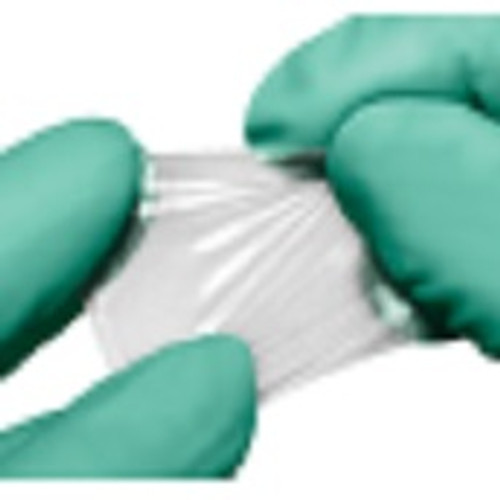- Placental tissue that surrounds and protects the fetus during development in utero
- The properties of amnion that benefit the fetus also make it an effective material for protecting a wide variety of wounds, while at the same time creating an environment conducive to the regeneration of healthy tissue
- Repurposing this versatile tissue to improve outcomes in wound management is supported by studies in published literature which describes its successful and safe clinical use
- Amnion membranes consist primarily of fibrillar and membranous collagens, elastin, and a mix of growth factors and cytokines that provide the properties unique to placental tissues
Benefits
- The scientific and peer reviewed literature describe a number of benefits from the clinical use of amnion tissues, including:
- Safe, natural covering that improves normal wound healing outcomes
- Reduced inflammation
- Reduced fibrosis and scarring at the surgical site
- Decreases pain
- Provides a substrate for stem cells
Advantages
- Improved handling characteristics due to thickness
- Surface layer dimpling for ease of graft placement and handling
- Eliminates need to apply with one side towards wound (epithelial layer faces out on both sides)
- Eliminates risk of error in applying products – sidedness issue
- When placed in water or saline, the graft will unfold and can be repositioned Stores dry at room temperature
- Suitable for immediate use off the shelf
- Hydrates rapidly in wound environment
- Readily adheres to the wound surface
- Terminally sterilized with gamma radiation to SAL 10-6 in accordance with ISO 11137
- Not chemically cross-linked
- Three year shelf life
- Can be placed with either side in contact with the wound surface
- If not initially placed properly during surgery the membrane can either be manipulated in place or removed; when placed in water or saline, the membrane will unfold and can be repositioned
Safety
- Collection of the donor tissue is performed in an aseptic manner by appropriately licensed tissue establishments
- Placentas are all from planned C-sections which helps to minimize the potential for contamination during recovery
- Placental donors go through a rigorous pre-screening qualification
- Placental donors are tested to confirm that they are free from disease
- Processed in accordance with the safety guidelines provided by the U.S. Food and Drug Administration (FDA) - Human Cellular and Tissue-base Products (HCT/P) (21 CFR Part 1271)
- Processed in accordance with the standards from the American Association of Tissue Banks (AATB)











